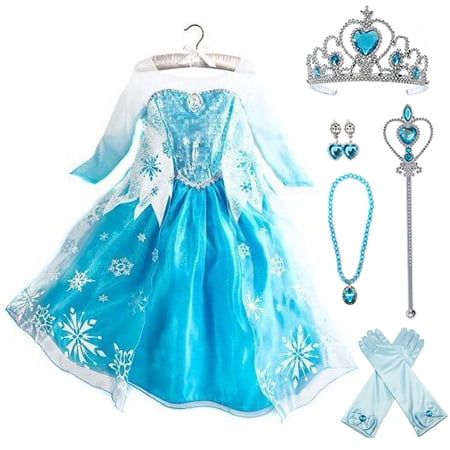Princess Vanity Girl’s Children’s Pretend Play Dressing Table Battery Operated Toy Beauty Mirror Vanity Playset w/ Accessories
Kids can have dress-up fun with this Pretend Play Vanity Set. It features flashing lights and music and has a battery-operated hair dryer. The dressing table play set has accessories with a bracelet, a necklace, a ring and mock lipstick and bottles. It also includes containers on top and a shelf underneath for storage. The mirror and the hairdryer each require two AA batteries to operate (not included).


Princess Vanity Girls’ Children’s Pretend Play Dressing Table, Battery-Operated Toy, Beauty Mirror Vanity Playset with Accessories: Flashing lights, music, comes with a working battery-operated hair dryerMirror and hairdryer both require 2 AA batteries to run (not included)Features comb, hair ties, bracelet, necklace, ring and toy lipstickFun and colorful girls’ pretend play setIncludes containers on top and a shelf underneath for storage





Reviews
There are no reviews yet.